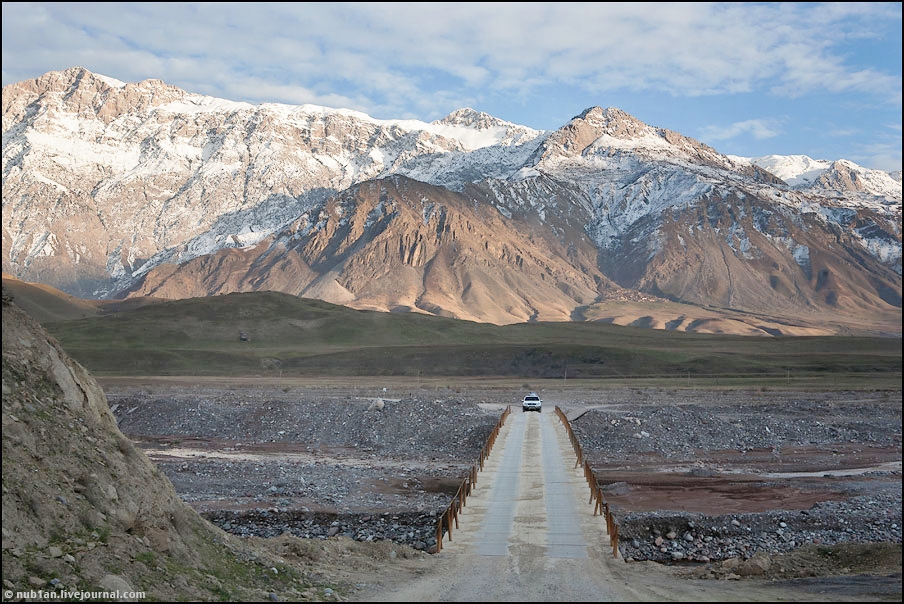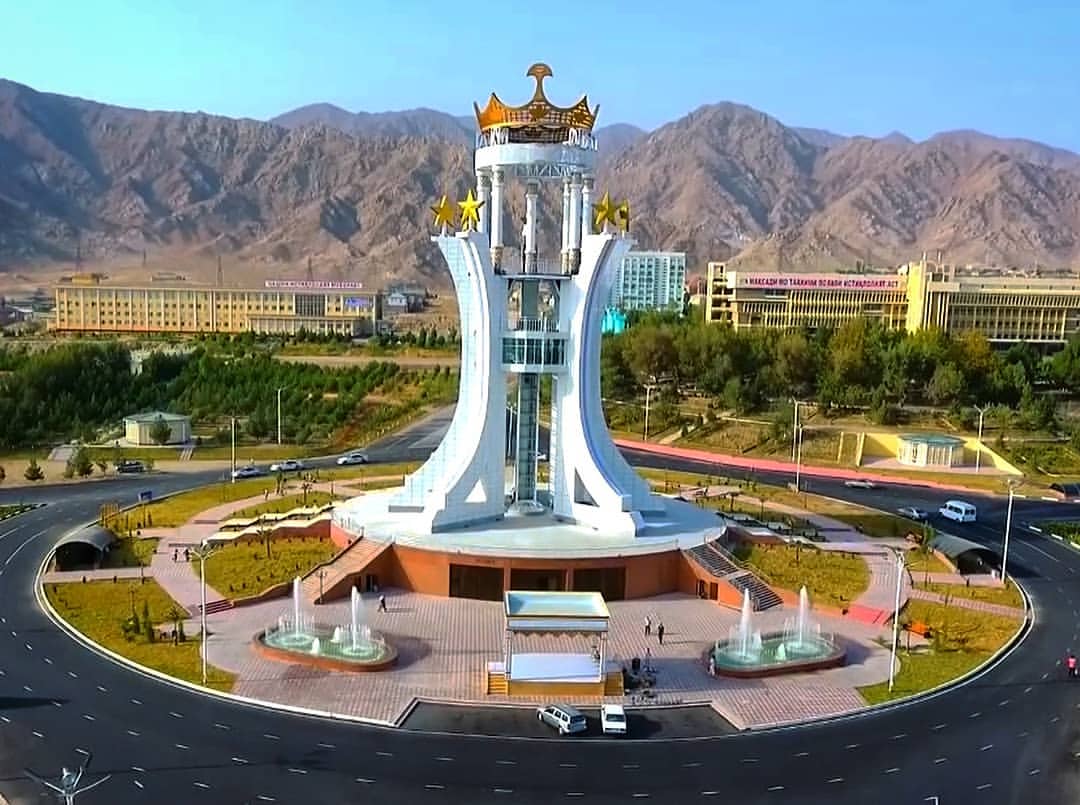Ajina Teppa is included in the State register of objects of historical and cultural heritage of the Republic of Tajikistan by the Order of the Government of the Republic of Tajikistan of July 31, 2018, №356.
Ajinateppa Monastery is located in the rural community of Kirov in the south-western part of Kyzylsoy village (180m). Ajinateppa is located 12 km north from the center of the Vakhsh district.
Ajinateppa belongs to XII-XIII centuries AD. Ajinateppa Buddhist Monastery is located in the territory of Eshmurdov village, 12 km to the east of Bokhtar. Ajinateppa Monastery has a rectangular shape: 100 x 50m. It consisted of two parts, in the center of each was a square courtyard surrounded by buildings. The maximum size of the stupa from the foundation is 28m and its height is 6m. The walls were painted. There was a statue of Buddha lying down on the sofas near the walls in a state of nirvana.

The entrance to the monastery was built in the center of the eastern facade, and in this part of the monastery there was an entrance to the hall with a ramp. In the western part of the courtyard there was an assembly hall for the monastic community. The territory of the monastery is located in the northern part. Its layout is almost the same as the first part; they are connected by a wide passage. The central part is occupied by the Great Stupa (an element of the Buddhist temple for the preservation of the remains of saints). The big stupa had the shape of a terrace in the layout. Its corners were focused on the main points. Each facade had a staircase. The maximum size of the foundation of the stupa is 28m, and the other parts of the stupa are 6m high.
Along with the big Stupa, there was a small Stupa built within the monastery, which was 10 times smaller in size than the big Stupa. They were located in the corners of the courtyard and in the rooms of the northern part of the temple. In addition, the researchers found small specimens of Buddhist stupa with small clay plates.
The main building materials were clay mixed with water and straw with walls 2.2-2.4m thick. The inner rectangular room is crowned with arches and the square room with domes. The monastery and part of the temple were decorated with paintings, small and large statues. Buddha statues represented the life and work of the Buddha at various times and stages.
A huge statue of the sleeping Buddha in Nirvana was found at the end of the eastern part of the temple.
The length of the statue is 12 meters and all parts of the statue are made of clay and clothing items. The excavations at the Ajina-Tepa statue were completed in 1975. It is one of the significant Buddhist monasteries in the Vakhsh Valley.




















